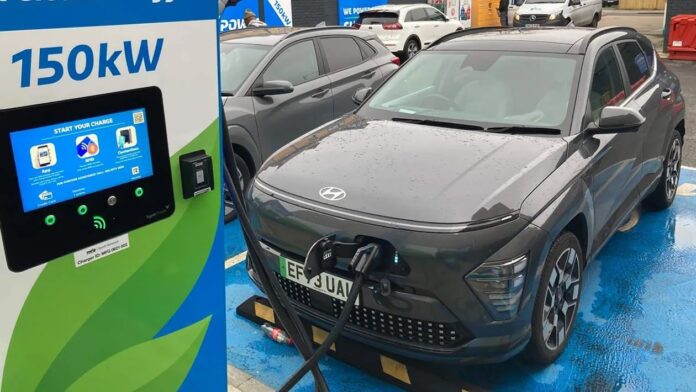Hyundai is pushing for electric vehicle (EV) charging times comparable to refueling a petrol car, even if primarily to address driver perception rather than immediate necessity. Tyrone Johnson, head of Hyundai’s new European development center, emphasized that consumer expectation centers around the three-minute refueling experience of internal combustion engines (ICE).
Addressing Range Anxiety and Charging Needs
The push for faster charging isn’t just about technical capability; it’s about easing consumer anxieties. Drivers worry about range limitations and the potential for unexpected long journeys. For those without home charging options, quick replenishment is critical. Hyundai’s focus is on achieving these speeds without simply increasing battery size, which adds weight and reduces cabin space.
Infrastructure and Technological Hurdles
The development of a robust charging infrastructure is also key. Johnson points out that even after a century of refinement, traditional fuel systems still occasionally experience compatibility issues. EVs face the expectation of instant readiness, a challenge given the rapid pace of technological advancement.
Hyundai is actively researching 400kW charging technology, aiming for increased efficiency that could extend range without relying on larger batteries. Current fast-charging capabilities, like the Porsche Taycan’s 320kW, are already significant, but the goal is to close the gap with traditional refueling times.
Industry Patience and Long-Term Vision
The company acknowledges that the EV industry is still evolving. Just as the ICE industry required decades to perfect its refueling systems, EVs will need time to mature. Hyundai’s long-term vision involves not just faster charging but also a more reliable and accessible charging network.
Ultimately, Hyundai’s strategy is about easing the transition to electric mobility. By addressing consumer concerns about range and charging speed, the company hopes to accelerate EV adoption. The goal is not just to match petrol car convenience but to surpass it, making electric vehicles a seamless and stress-free choice for drivers
